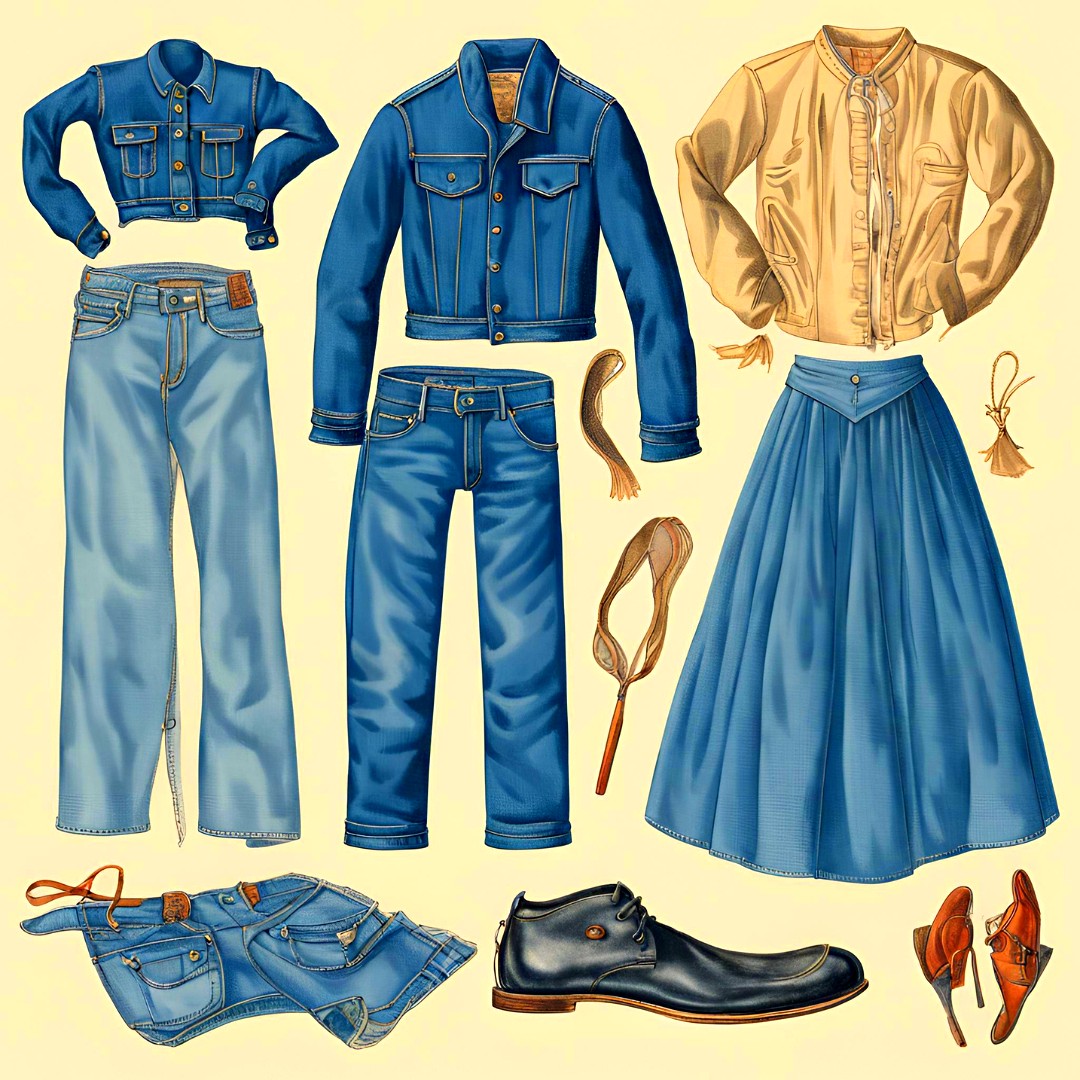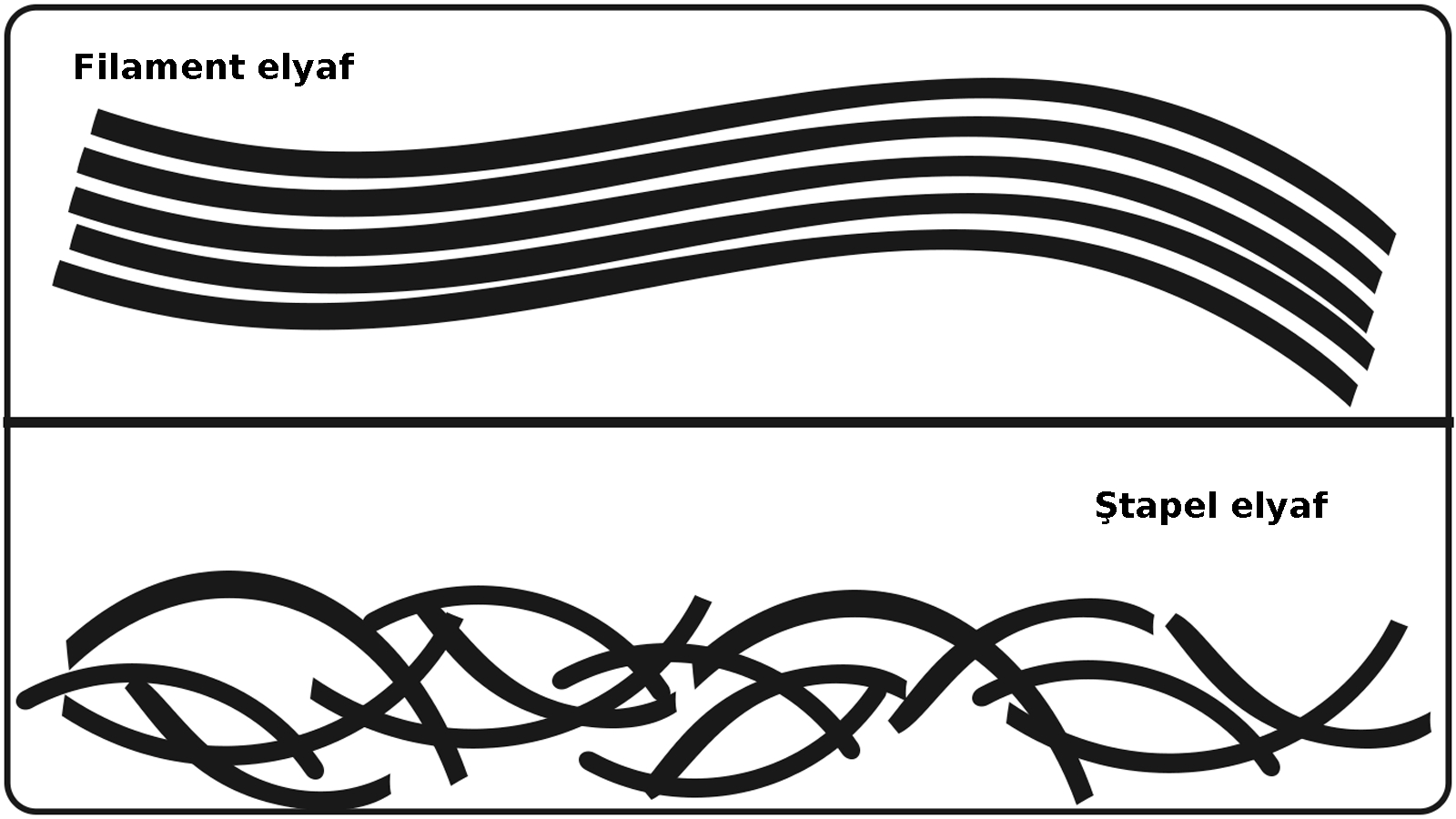Sock Manufacturing History
12:09
0 comments
A sock is a piece of clothing worn on the feet and often covering the ankle or some part of the calf. Some types of shoes or boots are typically worn over socks. In ancient times, socks were made from leather or matted animal hair. In the late 16th century, machine-knit socks were first produced. Until the 1800s, both man-made and machine-knit socks were manufactured, but the latter technique become more common in the 19th century.
The modern English word sock is derived from the Old English word socc, meaning light slipper. This comes from the Latin soccus, a term to describe a light, low-heeled shoe worn by Roman comic actors, and deriving from the Ancient Greek word sykchos.
Throughout history, socks have reflected changing fashions and cultures, as well as the styles of the people who wear them. In fact, hosiery might be considered an economic indicator, since the stock market is said to rise and fall in tandem with hemlines.
The term hosiery comes from the Anglo-Saxon hossan or hose, which meant a complete covering of the leg. Hossa referred to a light trouser. The term stocking was originally stoka or stump. The Anglo-Saxon term stocks meant a restraint or enclosure. The term sock comes from the Greek sykhos, which referred to a soft, low shoe. The Romans, who adapted many ancient Greek concepts, changed the word to soccus, which the Anglo-Saxons transformed to socc, and the rest is history. Today, hosiery refers to a wide range of articles, including hosiery, stockings, and socks.
-
Ayakkabılarda doğru numara seçimi sağlık ve kullanım ömrü açısından önem arz eder. Kesirli Ayakkabı Numaraları Ne Anlama Geliyor? 🤔 Bazı a...
-
Lif kısaltmaları tekstilde elbise üretiminin her aşamasında kullanılır. Tekstil, Kumaş, Lif ve Elyaf Kısaltmaları : Tekstil endüstrisi, lif...
-
Rahat bir kullanım için ayağın genişliği ve uzunluğuna uygun ayakkabıyı seçmek son derece önemlidir. Ayakkabı Genişlik Terimleri: E, F, FX,...
-
İş sağlığı ve güvenliği için bazı işletmelerde pr ayakkabı kullanımı gereklidir. Ayakkabılarda rastladığımız "PR" terimi, İngiliz...
-
Mavi polycotton nevresim takımı. Polycotton , polyester ile pamuğu (cotton) karıştırarak elde edilen, her iki elyafın en iyi performans ...
-
Pamuk kozası. Pamuk , doğal kaynaklı olan en önemli tekstil liflerinden biridir, pamuk bitkisi tek yıllık bir bitkidir ve bitkinin meyve...
-
Ütü parlaması çok yoğun ise elbise kullanılmaz hale gelir. Ütü yaparken özellikle pantolon gibi hassas kıyafetlerde parlama oluşabilir. Ütü...
-
Kumaşın ön yüzünün ve arka yüzünün gösterimi. Kumaş yüzü (Alm. Stoffvorderseite, Fr. front de tissue, İng. fabric face; face of fab...
-
Kumaşta abraj hatası. Abraj ya da dalgalı boyama kusuru (Alm. ungleichmäßige Färbung, Fr. teinture inégale, İng. uneven dyeing), boyanmış ...
-
Kumaşta çözgü (kırmızı) ve atkı (mavi) görünümü. Çözgünün Tanımı Çözgü (Alm. Kette, Fr. chaîne, İng. warp), dokuma ve çözgülü örme ...
-
Türk tekstil ve hazır giyim sektörü: yerli markaların yükselişi. Türkiye'nin lokomotif sektörlerinden biri olan tekstil ve hazır giyim...
-
Akrilik elyaf, iyi yalıtım özelliğine sahip olmasıyla öne çıkan sentetik bir lif türüdür. Akrilik Elyaf: Tanım ve Özellikler Akrilik, ( Alm....
-
Kumaş numunesi. 1) Yapılarına göre (nasıl yapıldıysa o ismi alır) a) Dokunmamış kumaşlar - Nonwoven , keçeler, kağıt telalar, elyaf, vi...
-
Ünlü Türk modacı ve tasarımcılarının kreasyonları artık dünya moda başkentlerinde sergileniyor. Türkiye'de tekstil ve moda sektörünü...
-
Türk ayakkabı markaları, yerli ham maddeyi mükemmel işçilik ve estetik tasarımlarla birleştiriyor. Türk malı ayakkabı ürünler, kalitesi ve e...
-
Farklı renk ve türdeki kumaş çeşitleri. Kumaş, ipliklerin, çeşitli yöntemlerle bir araya getirilerek oluşturduğu kaplayıcı yüzeylerd...
-
Dünyanın en meşhur modacıları. Dünyaca ünlü modacılar Her sezon önce podyumları sonra da vitrinleri süsleyen özel koleksiyonların arkas...
-
Lif kısaltmaları tekstilde elbise üretiminin her aşamasında kullanılır. Tekstil, Kumaş, Lif ve Elyaf Kısaltmaları : Tekstil endüstrisi, lif...
-
Naylon olarak da bilinen polyamid kumaşlar sentetik kökenli bir kumaş türüdür. Polyamid ya da naylon (Alm. Polyamidfaser, Fr. fibre ...
-
Tekstil ürünlerinin etiketlerinde yıkama, kurutma ve ütüleme ile ilgili semboller bulunur. Tekstil Ürünleri için Tavsiye Edilen Yıkama Tali...














































































































0 yorum:
Yorum Gönder
Merhaba, daha kaliteli bir site için yorumlarınızı bekliyoruz.